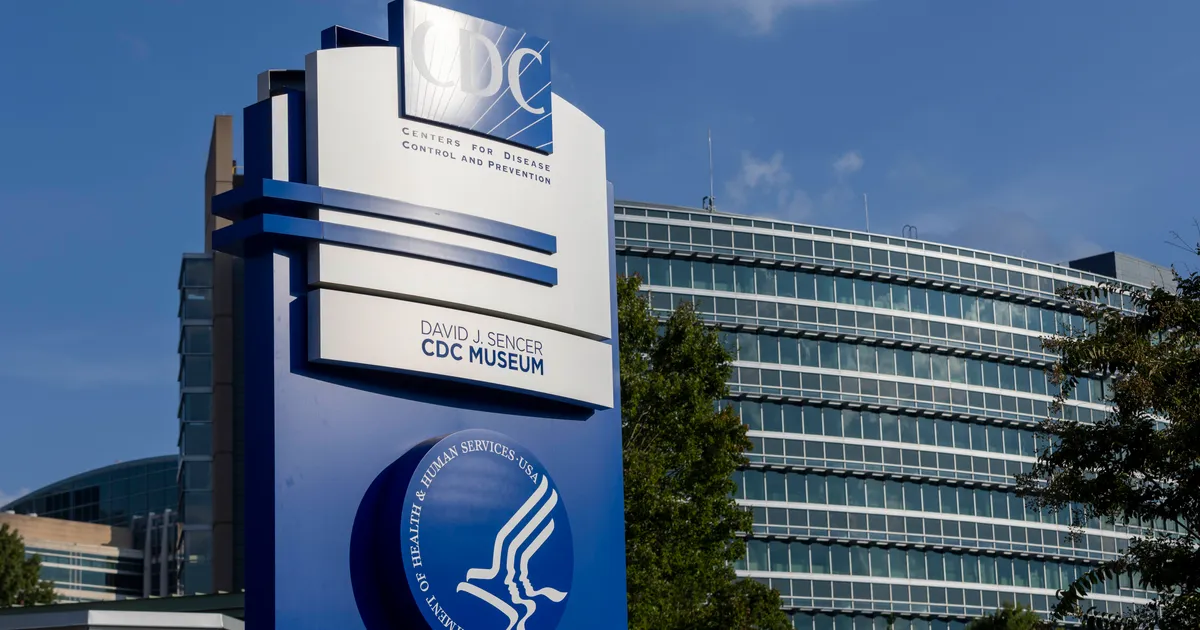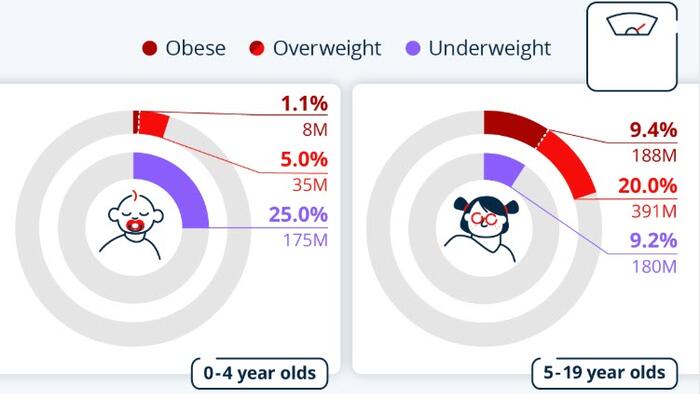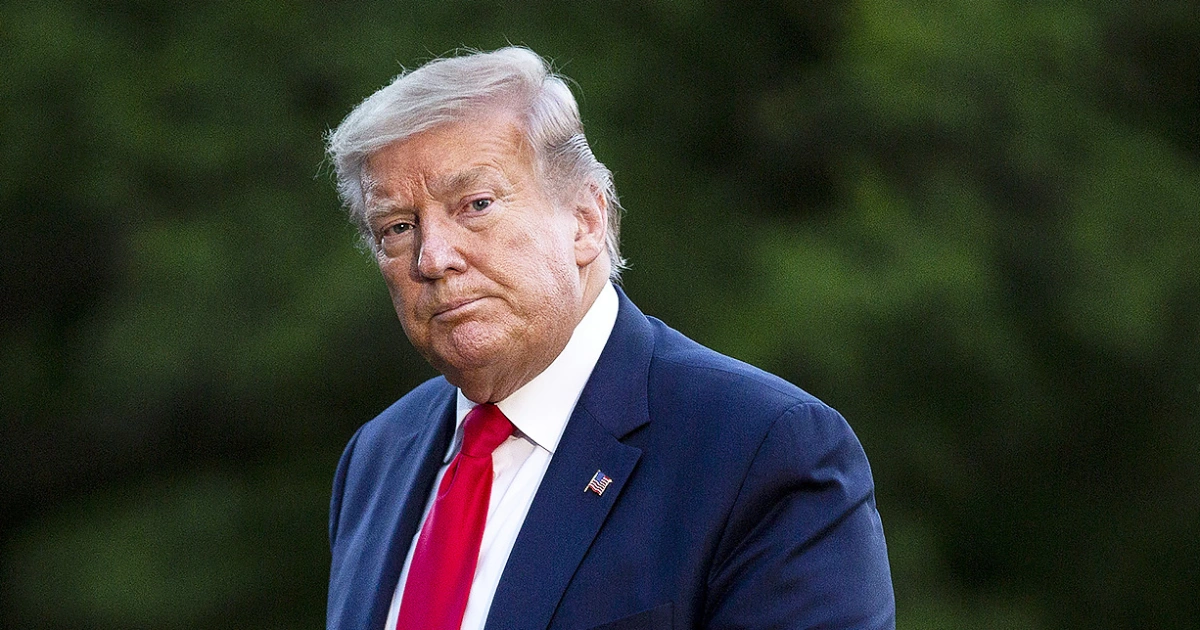Copyright New York Magazine

After sheltering under desks and behind barricaded doors while an anti-vaxx gunman sprayed more than 150 bullets into CDC headquarters, and then watching the agency’s newly appointed director get forcibly ejected just a few weeks later, it would’ve seemed that things couldn’t get any worse for those employed by the country’s foremost public-health agency. But then they got what seemed like an AI-generated email from the new boss. Jim O’Neill, Robert F. Kennedy Jr.’s deputy at the Department of Health and Human Services, had been tapped to lead the Centers for Disease Control and Prevention after, by all accounts, no one else was willing to agree to Kennedy’s demands for changes at the agency. Kennedy announced O’Neill’s new role in an email to staff on August 28, just one day after Susan Monarez had been fired as director for not being “aligned with the President’s agenda,” as the White House put it. O’Neill’s first message to staff came weeks later, on September 16, a day after employees at Atlanta headquarters were required to return to their offices following two weeks of remote work in the wake of the attack. Although O’Neill’s message was ostensibly intended to welcome staffers back, it made no mention of the shooting that killed a police officer and left windows riddled with bullet holes. Instead, he told them that while the CDC was once respected, it had since fallen from grace and now it was on them to repair their damaged reputation. O’Neill, a Silicon Valley investor with no medical credentials, lamented in the message that the agency had lost sight of its “core mission” and “lost the American public’s trust and faith.” He went on to list ways to “earn that trust back,” including by “treating our fellow citizens as adults who can make their own informed decisions,” and urged staffers to “think big” about ways to advance the Trump administration’s “commonsense vision” for the agency. He has not sent a single email to staff since then or had any communication with employees, according to two current staffers. He has, however, started a new morning routine of posting mugshots on social media of “illegal aliens” he says have been stealing Americans’ health care. “That’s our acting director posting stuff not even related to CDC,” says one staffer. It’s all part of what CDC staffers describe as the Trump administration’s bid to “rebuild” the agency into something less about science and more about Kennedy’s personal agenda, which seems founded in large part on a grudge against the agency. Six staffers interviewed, both current and former, were baffled by the disdain they have received from their bosses. If Monarez was forced out in a matter of weeks for, by her own account, refusing to rubber-stamp Kennedy’s vaccine recommendations, O’Neill has appeared to jump headfirst into whatever new idea Kennedy is selling, at times even appearing to mimic Trump as he rails against the “Democrat shutdown” on social media. Nearly a month into the shutdown, he blamed Democrats for halting “several important CDC functions,” listing, among other things, the Morbidity and Mortality Weekly Report and the suspension of suicide- and overdose-prevention programs that had actually already been decimated by funding and personnel cuts ordered by the Trump administration. “Didn’t they try to lay off the entire MMWR team?” one staffer said after seeing O’Neill’s latest missive, referring to the bungled wave of firings in October that initially included hundreds of staffers “by mistake.” Like other current employees of the agency, he requested anonymity to speak freely, saying he already feared being “singled out” after the director of his division, the National Center for Emerging and Zoonotic Infectious Diseases, resigned in protest in August. “It’s been getting progressively worse since January and once RFK was confirmed to lead HHS,” says the staffer. While they all knew about Kennedy’s reputation as an anti-vaccine crusader, many public-health experts at the CDC were initially open to incorporating his focus on wellness into the agency’s work, believing perhaps that could be one positive development to come from his leadership, says another staffer who spoke on the condition of anonymity. But then Kennedy, with help from O’Neill, embarked on a PR campaign and began to prioritize political messaging both internally and externally, the staffer says. The message that O’Neill’s email seemed to convey was, “You are terrible humans.” “It’s like The Twilight Zone,” the staffer says of the sudden shift in priorities, adding that employees at the agency see a “train that is coming that is ultimately going to make a lot of people sick in this country” but feel powerless to stop it. While Kennedy’s Tylenol-causes-autism spectacle and musings on teen sperm counts have played out center stage, employees behind the scenes have had to contend with a dwindling workforce as a result of mass layoffs. In April, HHS sent out thousands of reduction-in-force notices affecting key divisions of the CDC and cutting about 2,400 staffers. Then the government shutdown left many more employees furloughed or working without pay, in some cases leaving only “barebones” monitoring of infectious diseases and emerging threats, says one staffer who was furloughed. After about 700 staffers were fired from the agency in October, many are still bracing for more cuts. “A lot of my co-workers in our division, like myself, spent the night refreshing our work emails to see if we got the notice,” the staffer says of the Friday night layoffs that wiped out a huge chunk of the agency, eliminating the entire office in Washington, D.C., in a move widely seen as intended to block the agency’s access to congressional representatives. But even before the shutdown and recent layoffs, he says, CDC staffers were muzzled, with clearance from HHS required to provide information to local and state partners. “It’s mentally exhausting,” he says. Some staff were warned to be careful what they post on social media a few days after the latest firings, he says, describing it as an informal “heads-up” from a supervisor who said only that their “social-media activity” was being monitored by leadership. “Pretty crazy to feel like we live in a police state now,” he says. The other employee said there didn’t appear to be anything in particular driving the scrutiny, but staffers had already learned to be extra cautious after HHS circulated a questionnaire among employees in July seeking reports of other staffers using DEI practices, which leadership described at the time as “discrimination.” “It was a bit of a wake-up call,” that staffer says. If the shooting made those within the agency feel despised by members of the public — so much so they were told by internal security to remove any decals from their vehicles identifying them as staff — they also have to contend with the fact that their current boss has repeatedly and publicly disparaged the CDC. “CDC employees are being targeted by HHS and Robert F. Kennedy Jr.,” the first staffer says, linking the Health secretary’s anti-vaccine rhetoric to a rise in public mistrust of the agency ahead of the August 8 attack. (Authorities said the gunman expressed “discontent” with COVID-19 vaccinations before the attack.) Monarez, the ousted CDC director, testified before a Senate committee in mid-September that Kennedy, at an August 25 meeting, described the agency as “corrupt” and claimed its employees were “horrible people” responsible for “killing children” — and that was after a gunman shot up the agency’s headquarters. “We got into public health to help people, and to think we’d have to worry about being killed because of the work we are doing that benefits the public,” says the staffer from the National Center for Emerging and Zoonotic Infectious Diseases. The HHS press office did not respond to a request for comment. “We don’t understand what the goal is. It seems like it’s just to fire people and cross your fingers and hope there are no impacts before the next election,” says Abby Tighe, executive director of the National Public Health Coalition, established by former CDC staffers. She suspects it’s a “combination of incompetence and nefarious intent” driving the chaos. “I think they want to use the CDC as a propaganda machine,” Tighe says. For now, there appears to be no rush by the administration to find a permanent, Senate-confirmed director of the agency. Two months after his appointment, O’Neill’s page on the CDC website simply reads, “Full biography coming soon.” “He’s never met with the leadership team at CDC still — he’s a figurehead,” says Dr. Demetre Daskalakis, the former director of the National Center for Immunization and Respiratory Diseases who resigned after Monarez’s ouster in August. Staffers who were furloughed due to the shutdown have found themselves worrying about what’s happening at the agency during their absence, noting that they’ve been shut out from tackling health threats that could spiral into full-blown crises if not addressed properly, like measles outbreaks. They say their superiors have been kept just as in the dark as they have, with supervisors themselves unaware of who’d been laid off and asking staff to report back if they get terminated, or if their “Out of Office” email replies get changed to Trump’s “Blame the Democrats” messaging regarding the shutdown. From watching the agency morph into something unrecognizable to losing pay and wondering if they’ll still have a job once it’s all over, both current and former staffers say each day brings a new reason to feel demoralized. Not least of all because while many are frantically calling around to get extensions on their bills, and as the first staffer put it, “really going through it with all this shit,” the CDC’s leadership seems to have already gotten what they wanted all along: getting the pesky staff out of the way.



